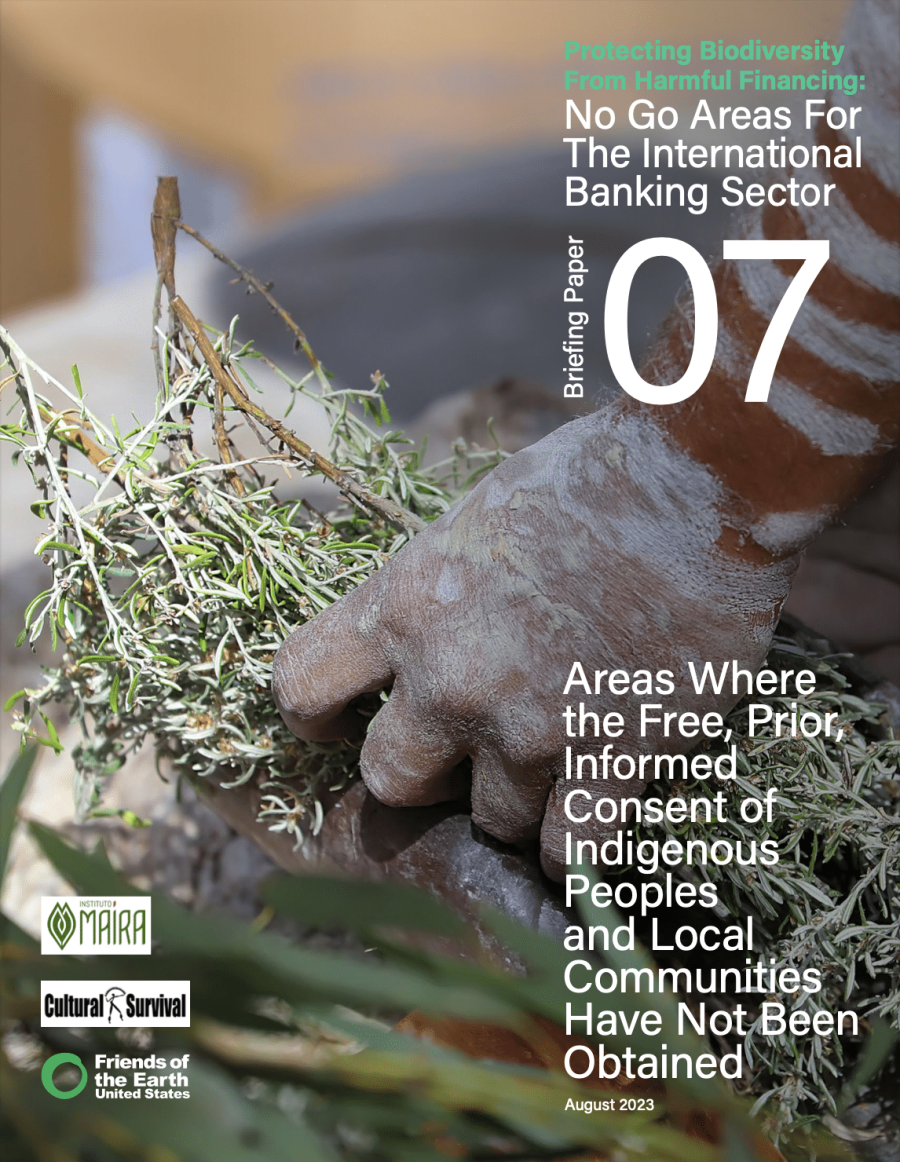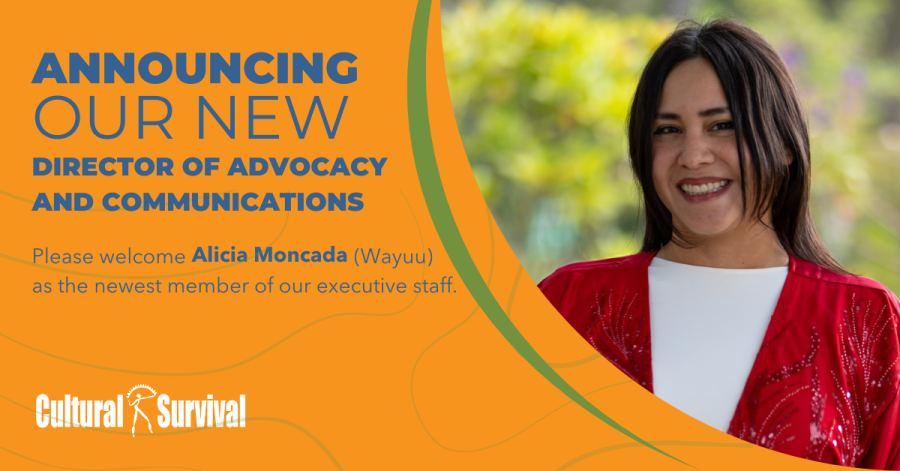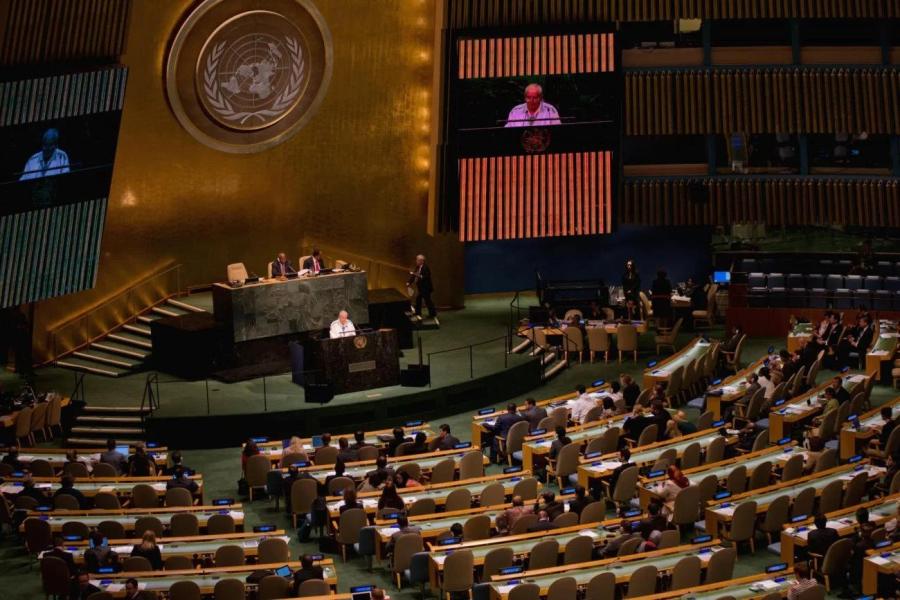How often do we say something important only to find that the person we were speaking to did not understand a word of what was said? We repeat ourselves, raise our voices, use body language to express our frustration, but to no avail. More often than not, one of the two cardinal rules of good communication—Speak to be Understood and Listen to Understand—has been broken. If we speak before thinking through what we want to say, or select words that alienate or antagonize the person to whom we are speaking, they are likely to stop listening. If while someone is speaking we are thinking about what we next want to say, or are searching for the holes in their argument, we are unlikely to hear what they have to say. It takes forethought, patience, and imagination to act upon these two rules. But if we do not do so communication breaks down, and any intended empowerment benefits get lost. This issue of Cultural Survival Quarterly focuses on indigenous women, who are not only among the poorest and most marginalized of the human race, but also are among the least heard or understood. Indigenous women face discrimination squared. They suffer all the abuses of women everywhere: gender-based and sexual violence, rape, forced prostitution, trafficking, female genital mutilation, and HIV/AIDS. They are discriminated against in education, the work force, economic opportunity, and ownership of property. Indigenous women also suffer all the abuses indigenous peoples everywhere face: loss or exploitation of their lands, resources, or traditional knowledge without their free, prior, or informed consent. They face the denial of their right to practice their cultural traditions; obliteration of their languages; lack of respect for their rights to development, education, and health; and obstacles to effective political participation and other means to assert their rights. Yet when indigenous women speak out about the unique problems they face, both indigenous rights activists and women’s rights activists have difficulty listening. As Anoush Ter Taulian describes in this issue, both the women’s movement and people-of-color groups ignored her when she raised issues outside their agendas that were important for Armenian women. On the other hand, indigenous women are burdened with being symbols for both groups. As Mirian Masaquiza Jerez, a Quichua woman now on the staff of the United Nations, put it, “If I were to do something wrong, it would not only reflect on me or on women—it would reflect on all indigenous people.†In 1995, during the Bejing Fourth World Conference on Women, 110 indigenous women from 26 countries met under the “Indigenous Women’s Tent†to hammer out a declaration expressing their needs, proposals, and demands as indigenous women. They also offered a critique of the widely heralded Bejing Draft Platform for Action, which was drafted by delegates to the main Bejing Conference. The indigenous women participants pointed out, for example, that while the Draft Platform “correctly identifies unequal access to education and health … it does not question the basic Western orientation of the prevailing education and health systems … [that] have perpetuated the discrimination against indigenous peoples.†They further concurred that the Draft Platform does not acknowledge the role of Western media, education, and religion, in eroding cultural diversity. “These Western systems hasten ethnocide,†they said.[1] The indigenous women also underscored the Draft Platform’s failure to acknowledge how the legacy of colonialism and mainstream Western economic and development models negatively impact indigenous peoples. Finally, the indigenous women asserted that the Draft Platform’s recommendations for ensuring women’s equal access and full participation in decision-making, equal status, equal pay, and in integrating and mainstreaming gender perspectives …are hollow and meaningless if the inequality between nations, races, classes, and genders are not challenged at the same time. Equal pay and equal status in the so called First World are made possible because of the perpetuation of a development model which is not only unsustainable but causes the increasing violation of the human rights of women, indigenous peoples, and nations. … The Platform’s overemphasis on gender discrimination and gender equality depoliticizes the issues confronting indigenous women. These are strong words, and for first world beneficiaries of that depoliticization—including first world women—these words are hard to hear. But as the indigenous women whose voices are represented in this issue of Cultural Survival Quarterly affirm, in the decade since the Bejing conference the circumstances in which indigenous women live have not improved. Nor have their recommendations about ways to improve their lives been heard. But heard they must be, not just as complaints or appeals to our sympathies, but because, as mothers, as teachers, as caregivers, as peacemakers and healers, and as human beings with dignity and worth, women deserve to be heard—for their own sake and for the sake of us all. As the Bejing Declaration of Indigenous Women expressed it, “in caring for our Mother, we care for ourselves.†In addition, indigenous women offer us creative new solutions to the problems that women, indigenous peoples, and humanity face. In this issue, Stella Tamang, an indigenous woman from Nepal, highlights an array of ways that indigenous women can contribute to ending armed conflict. Four Maasai teenagers from Kenya and the founder of the school they attend offer ideas for eliminating harmful health practices like female genital mutilation without simultaneously degrading the diverse cultural traditions in which they are embedded. Mililani Trask, a Native Hawaiian woman, describes the path she took for redressing past violations of human rights that not only was empowering, but also contributed to reconciliation. All of the indigenous women featured in this issue demonstrate ways for expanding opportunities for women’s and indigenous peoples’ voices to be heard in political and policy circles. On behalf of Cultural Survival, I dedicate this issue of Cultural Survival Quarterly to women’s rights and indigenous rights leaders, policy-makers, and activists everywhere. I urge you to read and try hard to understand what indigenous women are saying. Reflect on your mandates and consider making them more inclusive of indigenous women’s concerns. Draw indigenous women into leadership roles within your movements, listen to them in your strategy sessions, and invite them to share their concerns and recommendations with the policy-makers you seek to influence. In addition, depend upon indigenous women to strengthen understanding between the indigenous rights and the women’s rights movements. Empowerment may begin with communication, but it does not end there. It is the starting point for collaborative decision-making and effective action. Women in many cultures are the mediators and negotiators that make peace happen. Listening to understand and helping others to speak to be understood are the core qualifications of peacemakers. Those same skills can serve to unite the women’s movement and the indigenous rights movement in ways that will strengthen the capacity of both to serve the needs of women, indigenous peoples, and the world’s indigenous women. 1. 1995 Bejing Declaration of Indigenous Women, Article 13. Reproduced in Diana Vinding, Ed., Indigenous Women: A Right to a Voice,†IWGIA Document No. 88, Copenhagen, 1998. Ellen Lutz is the executive director of Cultural Survival.



